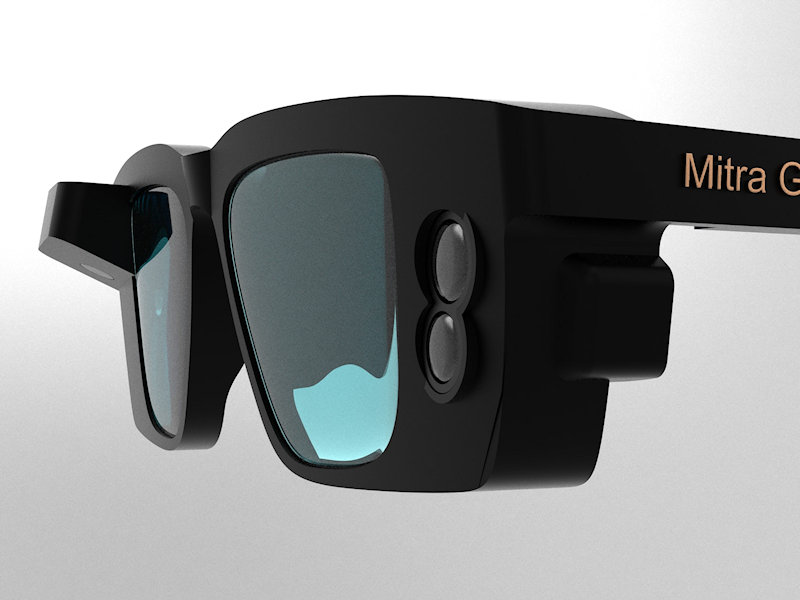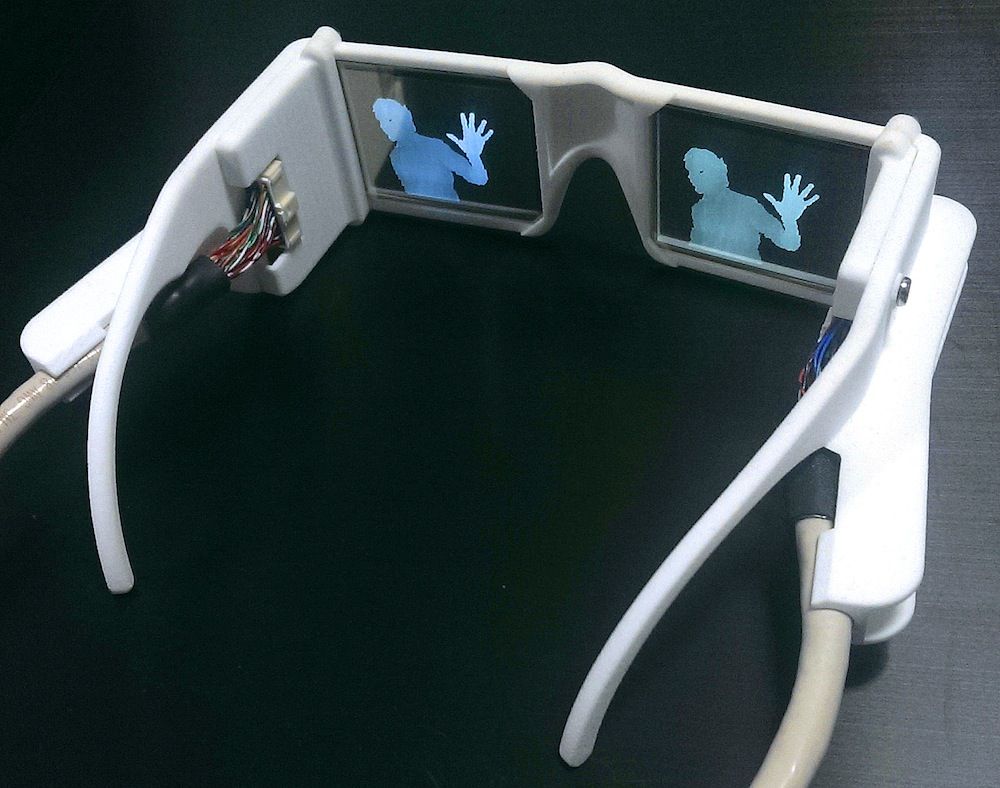Enhancing Ease Of Access Via Assistive Innovation for the Blind
The assimilation of assistive technology for the blind stands for a pivotal development in access, fundamentally changing how individuals browse their settings and engage with culture. As we explore the varied kinds of assistive tools and their tangible effects on daily living, it ends up being necessary to check out exactly how continuous technological developments are improving the landscape of assistance for the blind area.
Review of Assistive Modern Technology
Assistive innovation describes a variety of tools and software created to improve the capabilities of people with handicaps, including those who are blind or visually damaged. This technology plays a critical role in advertising self-reliance and boosting the high quality of life for customers. By offering different approaches for accessing information and executing day-to-day tasks, assistive innovation empowers people to browse their settings a lot more efficiently.
The growth and execution of assistive technology welcome a range of concepts intended at promoting ease of access. These concepts consist of user-centered layout, which prioritizes the requirements and choices of the person, and the integration of innovation into everyday activities. Such developments make sure that assistive tools are not only practical yet additionally user-friendly and easy to make use of.
Additionally, assistive modern technology encompasses a varied spectrum of services, from low-tech options like magnifiers to state-of-the-art innovations such as display visitors and Braille display screens. The recurring advancement of this area is driven by the requirement to resolve the special challenges faced by people with visual disabilities (Wearable technology for low vision). As modern technology remains to advance, the potential for boosting accessibility and advertising inclusivity stays promising, eventually adding to a more fair culture

Kinds Of Assistive Gadgets
Countless types of assistive devices are available to sustain individuals that are visually impaired or blind, each designed to resolve details requirements and difficulties. These gadgets can be broadly classified right into three major kinds: low-tech, mid-tech, and high-tech remedies.
Low-tech devices include things such as magnifiers, Braille labels, and responsive maps. These are relatively easy devices that boost the user's capacity to communicate with their atmosphere without needing intricate modern technology.
Mid-tech tools often entail advanced functions, such as electronic magnifiers and portable Braille note-takers. These devices can supply functionalities like speech outcome, enabling users to accessibility information a lot more efficiently.

Influence On Daily Living
The availability of numerous assistive devices considerably boosts the lifestyle for individuals who are blind or aesthetically impaired, impacting their day-to-day living in extensive ways. By incorporating innovations such as display visitors, Braille presents, and audio description services right into their routines, individuals get higher freedom and independence. These tools facilitate accessibility to details, making it possible for individuals to do everyday jobs, such as checking out e-mails, navigating public areas, and enjoying media content.
In addition, assistive tools encourage people to engage more completely in social communications and neighborhood tasks. The capacity to make use of mobile phones outfitted with optometry what is it ease of access attributes permits seamless communication and link with others. This connection cultivates a sense of belonging and minimizes feelings of seclusion.
In professional setups, assistive technology sustains efficiency by enabling individuals to total work tasks successfully. Devices like voice acknowledgment software application and specialized zoom gadgets allow individuals to take part in the workforce on equivalent footing with their sighted peers.

Developments in Modern Technology
Recent technological innovations have actually substantially transformed the landscape of tools available for people who are blind or visually impaired. The combination of expert system (AI) and machine knowing has actually generated applications that enhance navigating and things recognition. For example, smart device apps can currently make use of AI to identify and explain surroundings in real-time, offering users with important contextual info.
In addition, improvements in haptic innovation have actually led to the development of smart canes outfitted with sensors that detect barriers and provide responsive feedback. This empowers users to browse their atmosphere with increased confidence and self-reliance. Innovations in text-to-speech software program and braille display screens have actually enhanced the accessibility of digital web content, allowing for seamless interaction with different media.
Wearable modern technologies, such as wise glasses, are likewise making strides in assisting aesthetic problems. As technology proceeds to evolve, the potential for also more transformative tools remains on the perspective.
Future Trends and Innovations
As modern technology swiftly proceeds, the future of assistive tools for people who are blind holds immense assurance. Developments in expert system (AI) and device learning are positioned to revolutionize the way blind customers interact with their atmospheres. For example, AI-driven applications are being created to improve things recognition, enabling individuals to recognize and navigate their environments with greater ease and precision.
Additionally, developments in haptic responses modern technology are making it possible for the creation of responsive maps and navigation aids that provide real-time information with touch. These technologies not only boost mobility but additionally foster freedom. Additionally, wearable devices geared up with enhanced fact (AR) features are arising, supplying customers aesthetic details with sound summaries, consequently connecting the space between the physical and digital worlds.
Furthermore, the integration of clever home technology offers brand-new possibilities for ease of access, permitting people to regulate their living atmospheres via voice commands or smartphone applications. As collaboration between technology programmers and the blind you can check here neighborhood proceeds, the focus on user-centered layout will certainly ensure that future technologies are tailored to satisfy the unique needs of this populace (Wearable technology for low vision). The trajectory of assistive technology guarantees a more inclusive and empowering future for people that are blind
Final Thought
Finally, assistive technology plays Homepage an important function in enhancing ease of access for people with aesthetic problems. The diverse selection of gadgets, consisting of display viewers and clever walking sticks, dramatically enhances daily living and promotes freedom. Constant advancements in modern technology and user-centered style guarantee that these devices provide efficiently to the distinct requirements of the blind community. As technologies progress, raised inclusivity and empowerment can be prepared for, ultimately enriching the lifestyle for those influenced by visual disabilities.
The combination of assistive innovation for the blind stands for a crucial innovation in accessibility, basically modifying just how people browse their environments and engage with society.Assistive technology refers to an array of devices and software made to enhance the abilities of people with disabilities, including those who are blind or aesthetically damaged. Wearable technology for low vision.As modern technology rapidly progresses, the future of assistive tools for individuals that are blind holds enormous pledge. The trajectory of assistive technology promises a much more comprehensive and empowering future for people that are blind
In verdict, assistive modern technology plays an important function in improving availability for people with aesthetic disabilities.